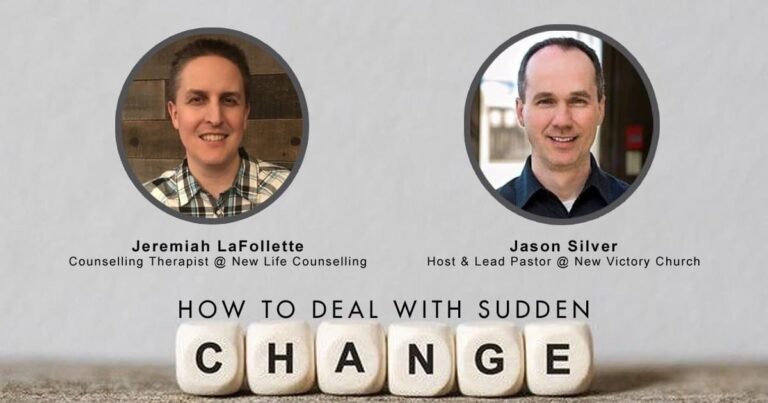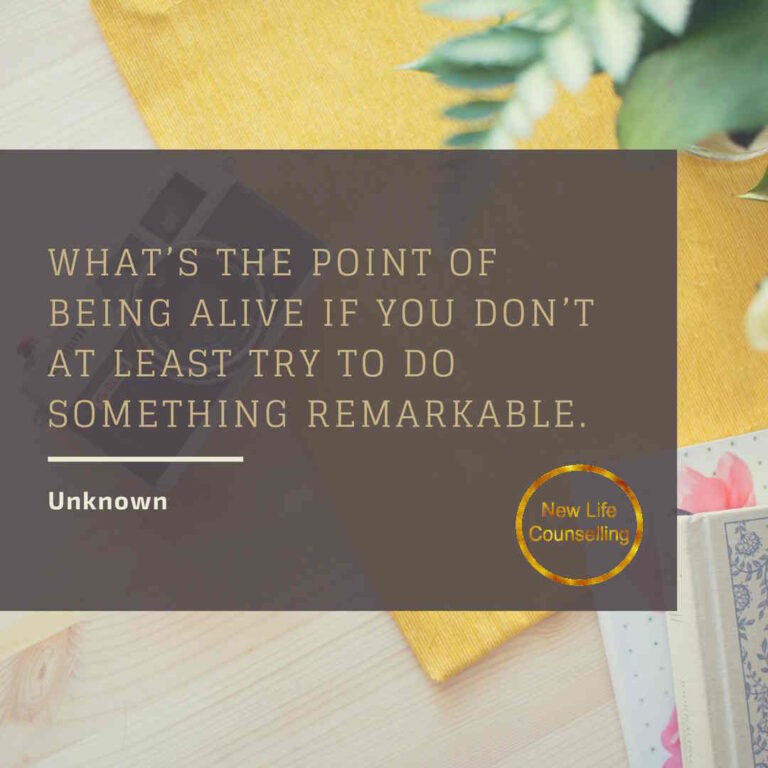At home, if you have a child or children then you are probably familiar with the topic known as Time Out and Time In’s. However, in my experiences in working with families with difficult children, many individuals do not understand the finer points of Time Out’s and In’s in order to make them effective. Instead, out of frustration, the parent will all too often give up on doing Time Out’s just before they are about to work. When considering Family Counselling Calgary to support your child with furthering your parenting skills, I will often discuss the concept of Time Out’s and In’s to discover what might be getting in the way of effectively doing Time Out’s.
In part 2 of an article called “Why what you’ve Heard About Time-Out May Not Be The Whole Story” by Matt Sanders and published on the Triple P-Parenting website, we’ll look at this important topic of fine tuning parental Time-Out Skills by looking closer at the concept known as Time In’s.
“LET’S TALK MORE ABOUT SO-CALLED “TIME IN”…
If you do a search for yourself, you’ll see that within the past few years, dozens of articles have popped up online about how “time-out should be replaced with time in”. The idea is that, instead of using time-out, parents should sit with a child who’s having a tantrum or acting aggressively by sitting with them, validating their feelings, reassuring and comforting them. Once the child is calm, the parent then talks to them about their behaviour. This sounds very reasonable in theory, but there are several reasons why this approach is not effective for most parents, especially as a response to serious behaviour:
- It’s an accidental reward. It’s a good idea to acknowledge a child’s feelings when they’re upset, sad or anxious. But if parents are sitting, talking, soothing, hugging, comforting a child who’s just thrown something, bitten or hit someone, or deliberately thrown a tantrum to get what they want, not only does it prolong the problem behaviour at the time, it also provides the child (and any siblings who may be observing) with an incentive to repeat or escalate behaviour. As a result, tantrums and other serious behaviour can actually become worse.
- It’s not practical. During busy periods of the day and when parents are caring for other children, it’s not always possible or realistic for a parent to sit with one child for a long period of time until they’re calm. As a result, parents can feel like they’re failing for not being able to meet this unrealistic benchmark. They may also wonder why their own children don’t magically respond the same way as the children do in some of the very idealized internet articles out there!
- It’s not based on children learning to regulate their own emotions. It’s important that parents give children the chance to learn how to deal with and manage their own negative emotions. It’s okay to give kids examples and instructions, when they’re calm, about how to express emotions in an appropriate way. But a child who is taught they’re incapable of calming down except with constant hugs and reassurance can easily set up a reliance on the parent or another adult for emotional regulation.
- It places some parents and children at risk. Although some parents may be able to stay calm while trying to calm their child, many parents struggle to implement this strategy effectively, particularly if the child is being aggressive towards them. Indeed, research shows this can be a risk factor for parent escalation and in some cases physical aggression or abuse.
The bottom line is this: people can decry time-out and tell parents that all they need to do is provide endless reassurance. But in the real world, parents need practical, effective ways of dealing with children’s disruptive and difficult behaviour that will enable the child to calm down, and help prevent the situation from escalating. They need more than just theoretical solutions, or ones that work fine as long as your child doesn’t really have anything other than the very mildest of behaviour issues.
AND WHAT ABOUT THE “OTHER” TIME IN?
Time-out is only going to work where it contrasts with what happens most of the time. And that’s what, within Triple P, and the many similar positive parenting programs that have since been developed, we call “time-in”. Time-in is time spent within a world of encouragement and positive attention, where there are plenty of interesting and appropriate things for the child to do. This means that when a child goes into time-out there’s a contrast. There’s never a suggestion that the parent doesn’t love the child, that the parent is not accessible or available. The child knows when they’re doing something that is appropriate, that behaviour will be recognized and encouraged.
When children are used to an environment like that, and then they’re moved to time-out (for a very short period of time) for behaviour that’s not acceptable — as a last resort — they rapidly learn that this is temporary. It’s transitional. And when they calm down it’s over with. There’s no holding on to negative feelings, blame or guilt trips. There’s no continuing upset. Once time-out is over, the parent is focused on re-engaging the child in an appropriate activity and “catching” them doing the right thing. The child is learning that if there’s behaviour that’s leading to problems for both the child and the rest of the family, there’ll be a consequence that short-circuits it, and this happens calmly, without yelling or threats. And then things will quickly get back to a state of normal everyday interaction in the family.
So rather than time-out being a threat to attachment or the closeness of the parent- child relationship, most parents who learn to do time-out properly will experience a significant improvement in their relationship.
“BUT YOU’RE JUST TRYING TO CONTROL CHILDREN”
Anyone who thinks the aim of parenting is to make children into obedient little robots has completely missed the point. Of course we want to encourage children to be independent, express their emotions and think for themselves. But learning to follow instructions and rules, at least some of the time, is also an essential skill for children to learn if they’re going to be able to function in society.
Fashions and fads come and go in parenting, it’s true. But the research on time-out hasn’t been put together overnight, and those who claim it’s based on a simple behaviourist view of parenting are mistaken. High quality evidence-based parenting programs draw on a number of theoretical approaches and developmental research, risks and protective factors, cognitive social learning theory, public health and community psychology. (Actually, one of the long-stated aims of Triple P to get parents to use fewer coercive discipline strategies by improving their own parenting abilities and relationship with their child.)
Speaking just about Triple P, it involves a whole range of principles, strategies, methods and specialist variations, all of which have been proven to work. It’s the result of over 35 years of ongoing research by many internationally respected experts in child development. The beauty of the scientific method is that well-researched and evidence-based tweaks, if needed, are discussed in the proper environment and incorporated as needed.
While it’s sad that time-out doesn’t mean the same thing to everybody, that doesn’t mean it’s harmful or doesn’t work. It’s important that we as a society and as individuals don’t get caught up in the kind of ideological arguments that are too common today. The role of our program and others like it remains the same: to deliver the best possible evidence-based parenting help and support to as many people as possible. And that helps parents to get on with theirs.”
The complete article can be found if you click here.
Check out some of our other relevant resources used in counselling CLICK HERE
Jeremiah La Follette (MCC, RPC) is a registered professional counsellor who has a passion for providing positive results by restoring individual wholeness and healthy relationships.
For more information go to New Life Counselling or call 403-690-8617 for a free 15 minute consult to set up an online video counselling (telehealth) APPOINTMENT (CLICK HERE).


